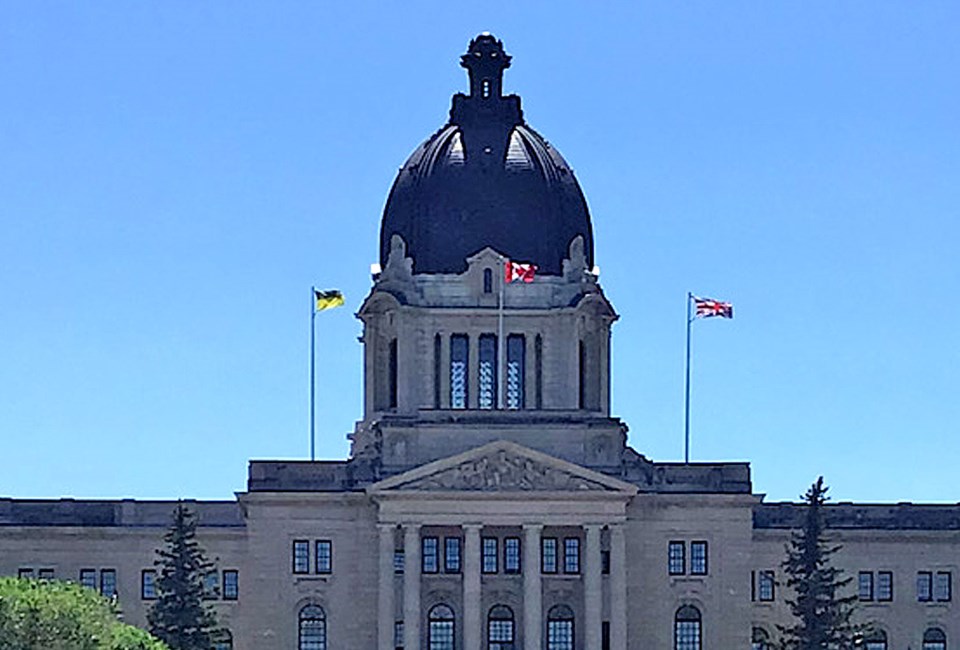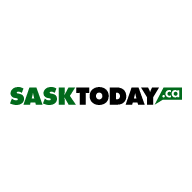I used to believe it was ridiculous to have 61 people elected to the provincial legislature, assigned to the tasks of overseeing the operation of a province that embraces just 1.1 million people.
But then I counter my argument with the fact that in many respects, Saskatchewan is unique.
We have more roads and highways than any other province I have been told. We have piles of little communities, representing about half the population that refuse to die and need a spokesperson. One hamlet here, a village down the road and then a full-blown town of 1,200 people 35 km later. Then there is a scattering of small cities and two decently sized centres.
On top of these little clusters of humanity and infrastructure, we have close to 300 official rural municipalities. Yes, you heard me, 300.
And, these rural municipalities don’t want amalgamations. They have made that clear over several decades so I’m the last person to suggest mergers. Their various leaders know what they want, so leave ‘em alone.
So, you see, maybe we do need 61 personalities sitting in those chairs in Wascana Park.
When Saskatchewan was declared a province in 1905, there were just 25 seats available, the lowest number ever.
The highest seat count was set in 1991 when an NDP government was in charge of the seating plan for 66 MLAs.
So that led me to a little study of just who has taken the lead roles in our political domains over the years.
Well, in 1905, the starting line was filled with 16 Liberals and nine Conservatives.
The second Saskatchewan election in 1908 saw an increase of 20 seats and the Liberals retained their ruling status by claiming 27 of them compared with 14 for Conservatives.
In fact, the Liberal party pretty well dominated until the 1944 takeover by the relatively new CCF that was to be re-branded NDP later on.
Over those years between 1908 and 1944, Saskatchewan saw the disappearance of the Conservative party beginning in 1934 when the Liberals dominated the political scene with 50 members in the 55-seat legislature while the CCF claimed the rest.
During the First World War, Saskatchewan had three members of the Soldier’s Representative group taking seats. The 1921 election had six Liberal Progressives in a 63-seat Legislature still dominated by the “regular” Liberals that had 50 representatives.
In the 1930’s the total seat count dropped to 55 and then 52. Liberals still dominated in 1938 with 38 seats, zero for Conservatives and 10 for the CCF, two for the Unity Party and two more for Social Credit.
As noted, the CCF finally gained the superior role in dramatic fashion in 1944 by electing 47 representatives to the 52-seat legislature while the once mighty Liberals sank to five.
Liberals did bounce back a bit in the 1948 election, but CCF still held the power with 31 seats vs. 20.
Then Liberals roared back to the top rung in 1964 by claiming 32 seats to the NDP’s 25 and the Conservatives were back in the picture with one lonely representative.
In 1967, the NDP was back to take control of the governance of the province in a 59-seat legislature, a role they continued to play with healthy margins until 1982. In 1978 the Conservatives resurfaced with 17 seats while the Liberals were at zip, a status they retained in the 1982 election as well while 55 Progressive Conservatives now made themselves known with a nine-member NDP opposition.
The PC’s did it again in 1986, only with a slim margin of 38 to 25 with one Liberal showing up.
The NDP assumed power again in the 1991 election with those 66 seats up for grabs, claiming 55 spots compared with 10 for the PCs and one Liberal.
The more recent history records the arrival of the Saskatchewan Party, first as a coalition gathering of Conservatives and a few remaining Liberals, to provide a healthy opposition to the NDP that was clinging to power with a 29 to 25 seat differential in 1999 with four Liberals left in the legislature.
It’s been a dominant Sask. Party picture since 2007 when they eased past the NDP by eight seats in the 58-seat legislature.
And we’ve pretty well brought you up to date now, haven’t we?
Dominance by SaskParty in five election rounds since 2007 with only the NDP left in the campaign trenches with any voter gravitas to provide alternatives. The last election in 2024 indicated the usual norm, that ruling parties eventually find themselves up against stronger oppositions as the NDP found new life.
Of course, these facts and figures ignore the federal factors and the influence of neighbouring provinces. (Hello Alberta, whatcha doing this week that we can copy?)
By the way, Saskatchewan has also sighted parties such as the Provincial Rights Party, the aforementioned Soldier Party in the early goings, a Progress Party and Farmer Labour Group, as well as the Green and Buffalos and others who have surfaced on occasion to add to the fun and frolic.
So, it can get complicated, but also a lot of fun if you’re just sitting on the sidelines merely observing the game.




